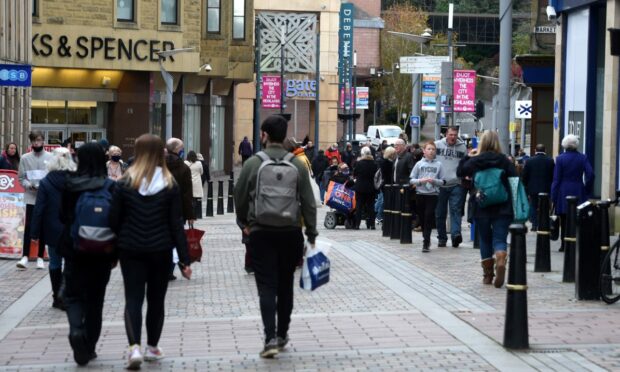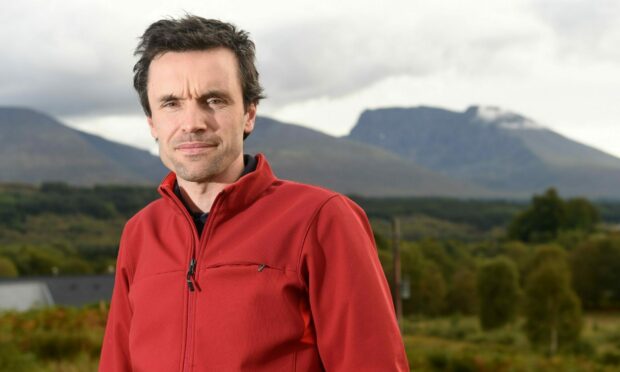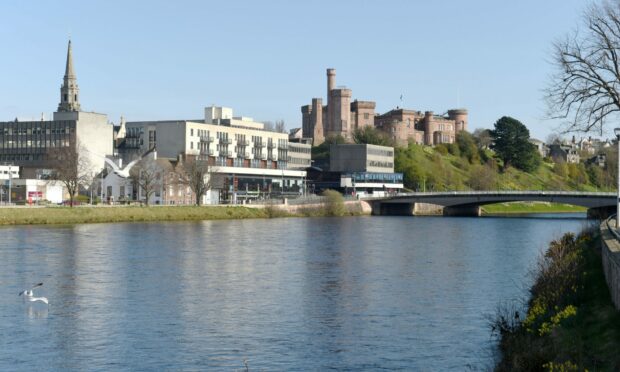It’s well known that Inverness is booming.
Last year, the Scottish Cities Alliance named it the fastest-growing city in Scotland, saying its population has increased by 15% since 2001.
Yet many will be surprised to discover that the population of Inverness city centre is actually shrinking.
Highland Council housing chairman Ben Thompson certainly is, and he took to twitter seeking theories.
Anyone know what is going on with central Inverness? Population has been falling for a decade. Nearly every other Scottish city centre seems to be either growing or growing rapidly. pic.twitter.com/F5srgPKxEO
— Ben Thompson (@BenThompsonCM) October 23, 2021
Downward trend in population
According to statistics collected by data analyst Tom Forth, the Inverness city centre population has been trending downward for a decade.
In 2011, there were 20,192 people living within one mile of Inverness city centre.
By 2020, this figure had dropped to 18,859 – a 6.6% decline.
This is also reflected in population density.
In 2020 there were 6,003 people per square mile in the city centre, down from 6,427 in 2011.
From 2001 to 2011, generally speaking, the city centre enjoyed a decade of moderate growth, before it tapered off and began to decline in recent years.
Mr Thompson is puzzled by the trends.
He says other Scottish cities have growing centres, despite competition from the suburbs and the rise of short-term lets.
One theory posted by economist and former councillor Ronald MacDonald is that of urban sprawl.
Mr MacDonald points out the area within two to three miles of the city centre has seen significant population growth.
He adds: “Many more are prepared to commute from the likes of Dingwall, the Black Isle etc – very evident at key times on [the] A9.”
Mr MacDonald is one of several people to highlight a shortage of flats in the city centre compared with other cities.
Highland GP John B Wallace writes: “The other Scottish cities have [an] abundance of densely-populated tenement housing near the city centre, with significant student populations there.
“Inverness doesn’t to nearly the same extent.”
City centre population decline is ‘stark’
Backing up this theory, the data shows that Edinburgh city centre is continuing to grow rapidly.
Mr Thompson adds: “The decline in the number of people living in central Inverness is stark, especially when compared to other Scottish cities, where city centre populations are in fact rising rapidly.
“There is huge growth even in cities like Edinburgh where we hear so much about short term letting pressure.
“It seems obvious where residents are moving to – the growth of the Inverness suburbs is huge.
“But it is not clear to me what is happening to the properties they are leaving.”
Mr Thompson believes that if people have drifted from the city centre in significant numbers, there would be many empty flats.
This is not the case, and the Inverness housing market remains highly competitive.
Mr Thompson recently announced his resignation as a councillor and housing chairman.
As he prepares to pass on the mantle, he urges the council to think carefully about the future.
“The Council needs to consider what is going on here for lots of reasons, not least sustaining the viability of the centre of the city.
More central flats could provide a huge boost for the city
“The shift to working from home for many office-based staff presents a huge opportunity for conversion of existing large office buildings to permanent accommodation.”
He adds: “Setting out to stop the population falling further and get it growing again through making more central flats available could be a huge boost for the city centre, economically and socially.”
Why do you think Inverness city centre is losing its population? And what do you think should be done?
Related:


